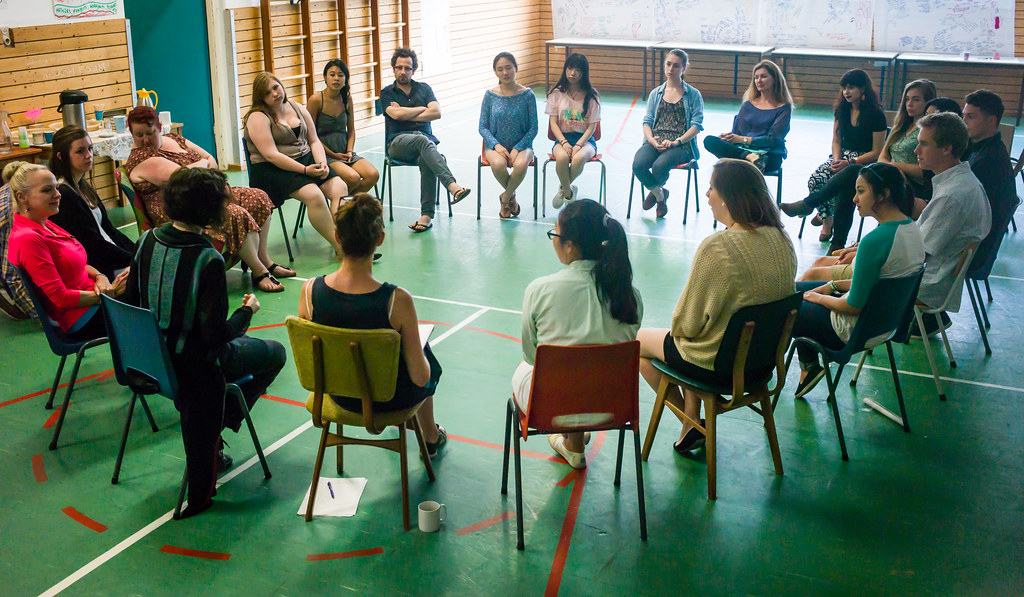Table of Contents
Visualizing The Invisible
Design today deals with many complex systems, including politics, economy, society, technology and the environment. Very often design is seen as a means for problem solving. However, designing in and with complex systems means that many of the solutions generate new problems. So how do we design to think about problems, without necessarily falling into the trap of solutionism? As we think about problems, we can also think about future problematics (assumptions, expectations, different perspectives, and the trap of prediction). This workshop aims to explore visualizing the invisible in the context of experiential futures, using techniques from scenario building and pre-enactments.
Participants: the students and faculty (and their daughters) of the University of Washington: Alex, Megan, Angel, Stacey, Karla, Devin, Nate, Hillery, Alyssa, Rachel, Adam, Tiffany, Rara, Hannah, Cindy, Saloni, Kate, Katie, Lars, Jon, Ivy, Fiona.

More photos on Flickr
The workshop was initiated and produced by Stacey Moran and Adam Nocek. It was facilitated by Maja Kuzmanovic and Nik Gaffney of FoAM Brussels and hosted in Amsterdam Midwest, thanks to Cocky Eek of FoAM Amsterdam who found the space. The workshop is a part of the summer course “Visualizing The Invisible: Design and Creativity in The Netherlands” at the University of Washington. The programme brochure can be found here
Framing
Foresight and futures studies can be thought of as visualisers of the ultimate invisible: the future. Contrary to common belief, foresight is not about predicting the future. It is much more about revealing assumptions and expectations, and about creating sufficient distance from the present to be able to look at our current situation from the vantage points of probable, possible and preferred futures.
How are we going to do this? On the first day we begin by identifying a core question, then discuss the present of “visualizing the invisible” - what is known, presumed and unknown. As we move “into the future” we’ll identify a range of change drivers - social, technological, economic, environmental and political forces or trends that can influence where we might be going. Out of the forest of drivers, we’ll intuitively select a smaller set of critical uncertainties - things that are essential for visualizing the invisible, but whose outcome is uncertain. From two drivers - the “most uncertain” and “most important” - we’ll create scenario skeletons, projecting the drivers five years into the future. Why five years? Even though a lot can change in five years, it is still close enough to the present to keep us from floating off into wild speculation or fairytales, and allows us to keep the scenarios more or less plausible. We will end the first day by answering the core question from the point of view of different scenarios, and we will do so visually in a mood-board.
On the second day we will dig deeper into the hidden and invisible dimensions of scenarios: examining the worldviews, beliefs, myths and (hi)stories that might influence what needs to be visualized. We will go very broad (to the mythical dimensions of civilisation) and then refocus back on personal and individual experience. We want to do this to bridge the gap between the “big future” and the “mundane or personal future”, which tend to diverge the further we project ourselves in time. We will be asking, “What do you do in this world? how do you visualize the invisible?” Throughout the day, we will move from words to experiences, to find out what it might feel like to be yourself in one or more possible futures.
What might you get out of these two days?
- Insight into your own and other people’s assumptions and behaviours
- A range of different perspectives on your topic of inquiry (visualizing the invisible)
- Experience both the fun and tension of co-creation
- Exercise your analytic, synthetic and somatic thinking
- Get to know how you work together under pressure and how it feels to improvise and work with spontaneity, trust, serendipity to get you where you’re supposed to go…
You will not get:
- An accurate prediction of the future
- Deep and considered discussions and analysis of the details of the future.
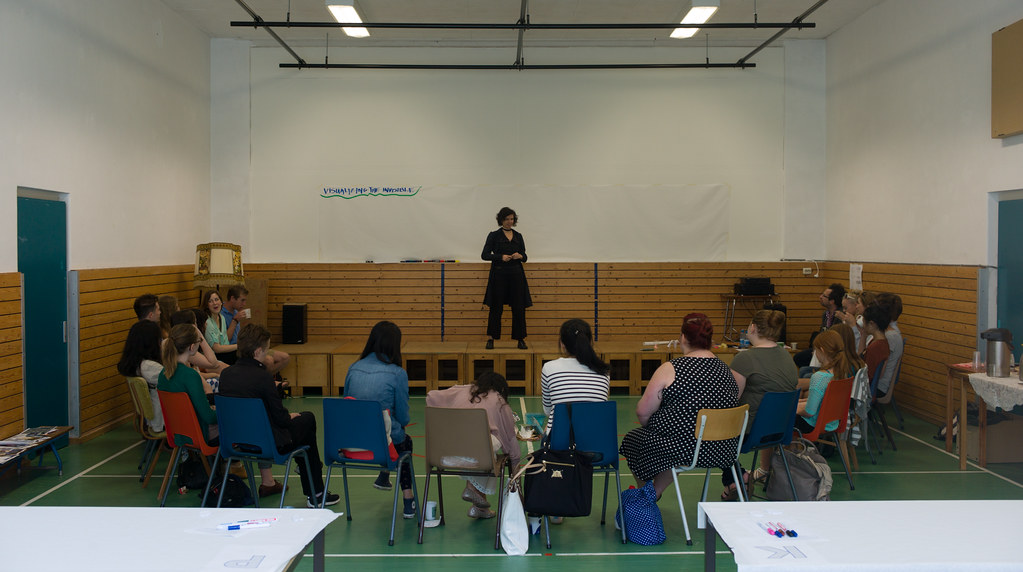
On the process page you can find a more detailed description of the flow, questions and techniques used in the workshop.
Core question
How does visualizing the invisible change the way we interact with the world?
By visualizing we mean “making apparent”, not just through visual means, but to make perceptible through one or multiple senses.
The present situation
What do we know?
We visualize environments, ideologies, information, cities and people. We use tools and methods, often technological, to visualize the invisible. What is considered invisible is different for different people. Things can be invisible for specific individuals or specific groups of people; they can be fully or partially invisible. Invisibility is made by us, it is a subjective phenomenon, and can involve elements of faith. Physical things can remind us of things that are invisible. Using technology to visualize the invisible has often much to do with privilege and power. Visualizing the invisible has been a part of philosophy, reasoning and meaning-making.
What do we presume?
We presume that “there is an invisible” and that visualizing it is possible and a positive thing to do. We presume that technology can assist in visualizing the invisible and that the tools and methods we use will influence the outcome. We assume that there is a relationship between physical senses (vision, but others as well) and visualization; and a relationship between visualization and knowledge. Visualizing is a learned practice. What we can see we consider the truth, what we can’t we doubt.
What is unknown?
We don’t know what the relationship is between belief and visibility and what its link to morality is. As such, we don’t know how it can impact the world, what its potential outcomes are an what problems might emerge from it. We are not sure which methods and processes are most effective. We don’t know how wide the scope is of visualizing the invisible, and what its boundaries are. Finally, we are unsure about the relationship between visualizing and creating a world.
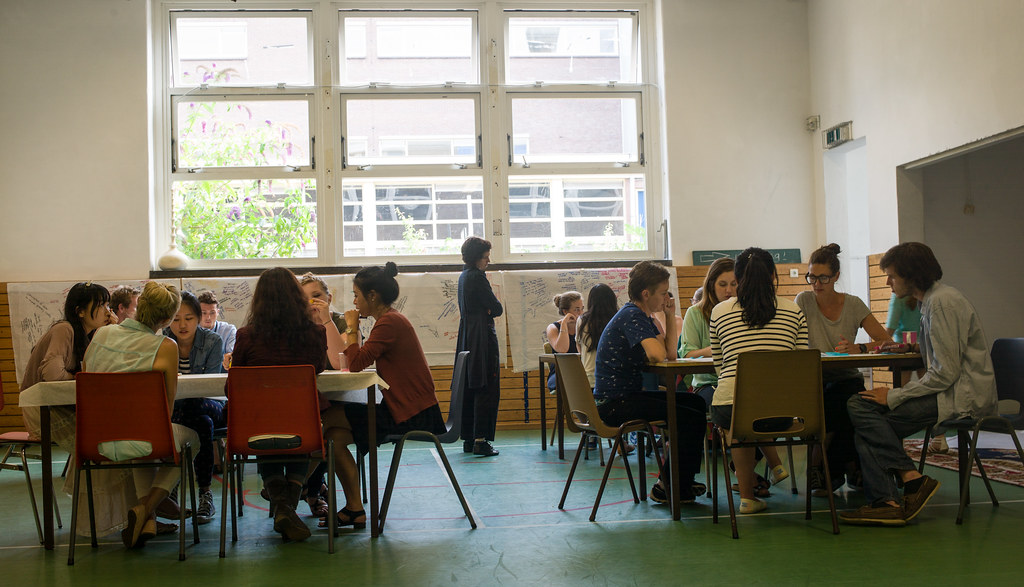
Change Drivers
Technology:
- Energy, resources and storage
- Communication and media (including the speed of communication)
- Neuroscience
- Obsolescence of jobs
- Trash materials
- AI and robotics
- Medical technologies
- Craft (grassroots emergent technology)
- Surveillance and privacy
- Nano technology
- Politics and ethics in technology
- Biomimicry
- Science and religion
- Overload (of ideas, information and stuff)
Politics and economy:
- Investment opportunities
- Political conflict
- Perception of terror
- Privacy
- Poverty vs privilege
- Belief in the free market
- Separation of church, state and the market
- Localization
- Scarcity of resources
- Taxation
- Healthcare
- Free market
- Political systems
- Borderless utopia (dystopia)
Society and culture:
- Selfies
- Evolution of belief systems
- Slow culture
- Dealing with cultural ideals
- Identity, identity politics, identity crisis and sexuality
- Education
- Belief in the technological process
- Biological focus
- Combination of ideas, fields and cultures
- Transnationalism and cultural appropriation
- Arts and collective aesthetics
- Digital selves (generational gaps)
- Homogenization and globalization
The environment
- RRR
- Interdependency
- Efficiency
- Fear (of resource depletion)
- Climate change awareness
- Sustainability
- Biodiversity
- Energy (resources and harnessing)
- Health issues and pollution
- Anthropocentric belief systems
- Exploration of space
- Terraforming
Critical Uncertainties
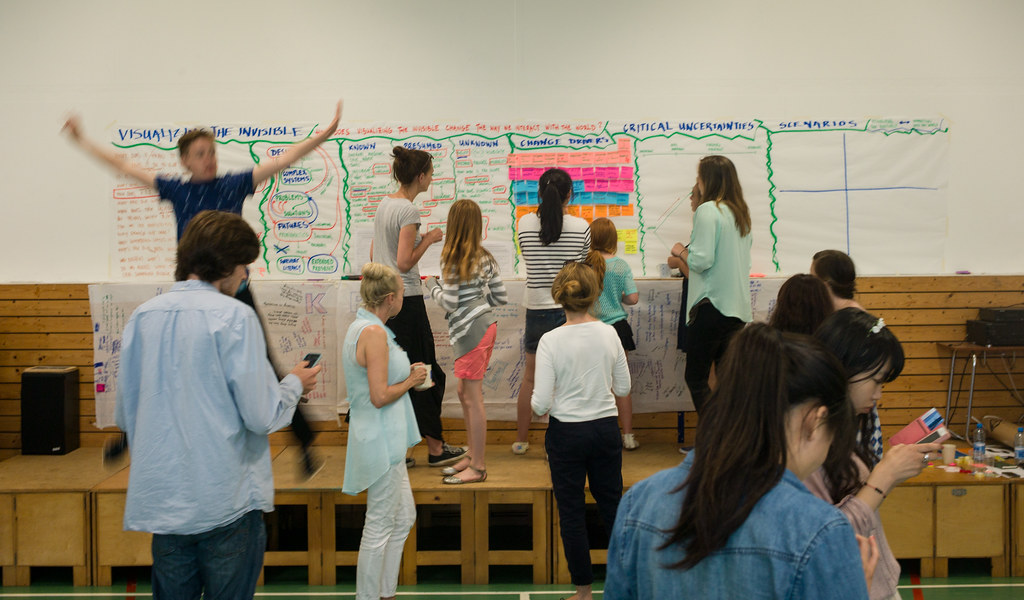
Most important and uncertain:
- Sustainability and biodiversity
- Radical openness
Quite important but less uncertain:
- Craft and emerging technologies
- Evolution of belief systems
- Identity and identity politics
- Morality
- Taxation (scarcity and distribution)
- Awareness and education
- Communication and media
- Fear
- Transnationalism
- Poverty vs privilege
- Homogenization and globalization
- Borderless utopia (dystopia)
Scenario Axes
- Sustainable biodiversity ↔ Unsustainable homogenization
- Closed system totalitarianism ↔ Radical openness
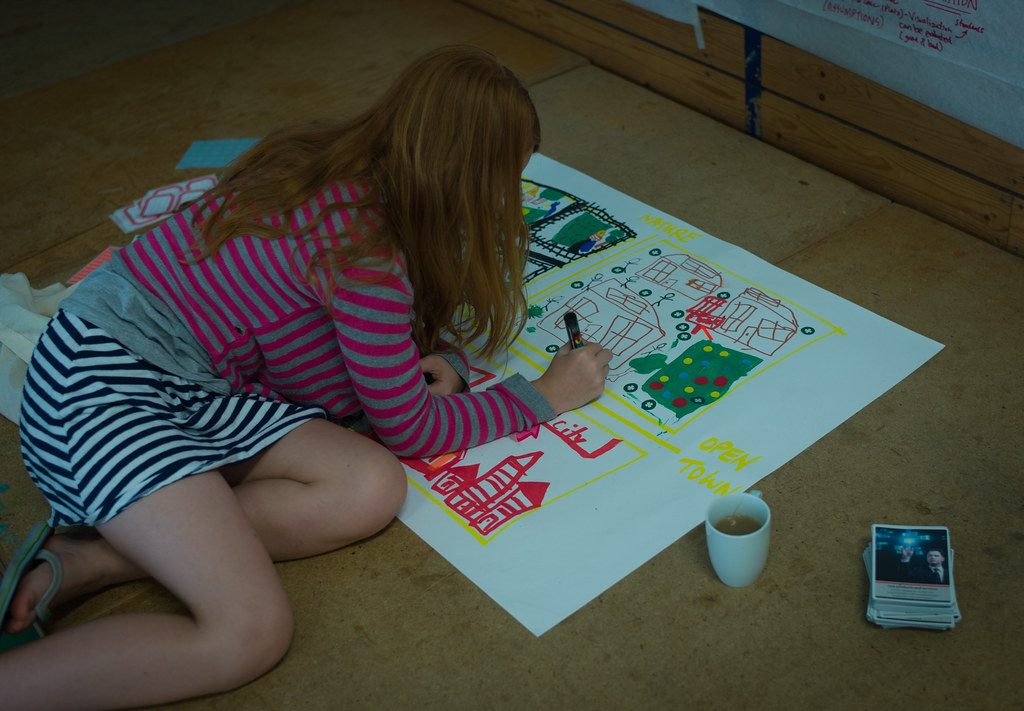
Scenarios
- franco: Radical openness and unsustainable homogenization. Everything is visualized and shared, but unseen due to massive “filter failure”. There is an illusion of choice, when in effect everything is the same. Economic profit and cost efficiency are shared and visualized. Every individual is so visible that they become invisible and the value of their achievements is ignored. Excess, resource depletion, greed and jealousy are kept invisible.
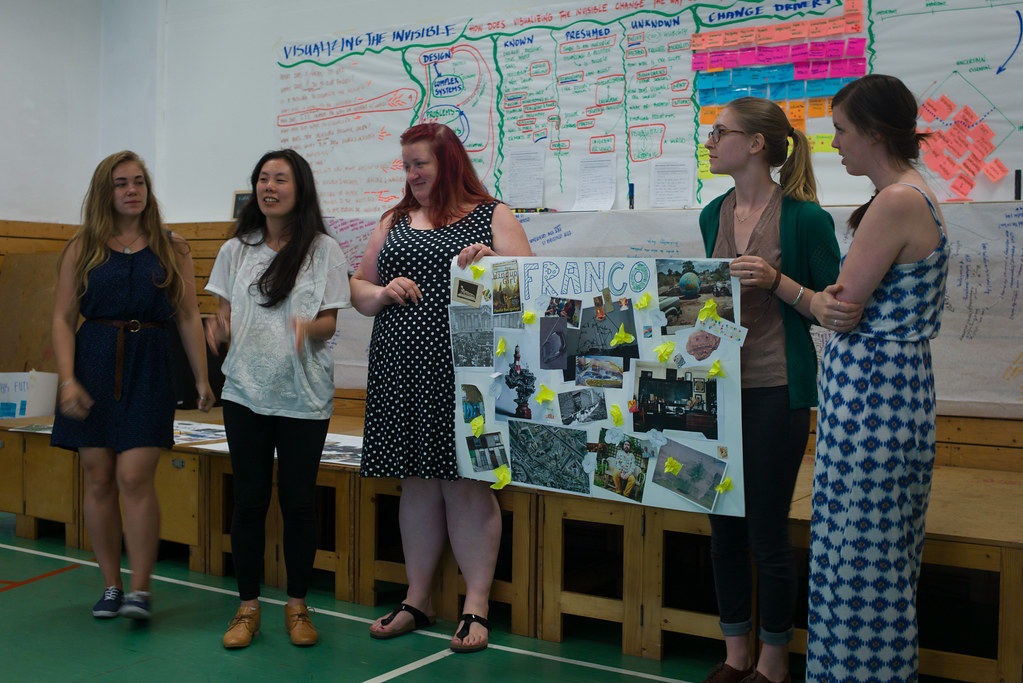
- biopentopia: Radical openness and sustainable biodiversity. Sharing and diversity are visualized and celebrated. What remains invisible is the edge between the private and the public; also individual desire and cultural identity are flooded under the abundance of difference.
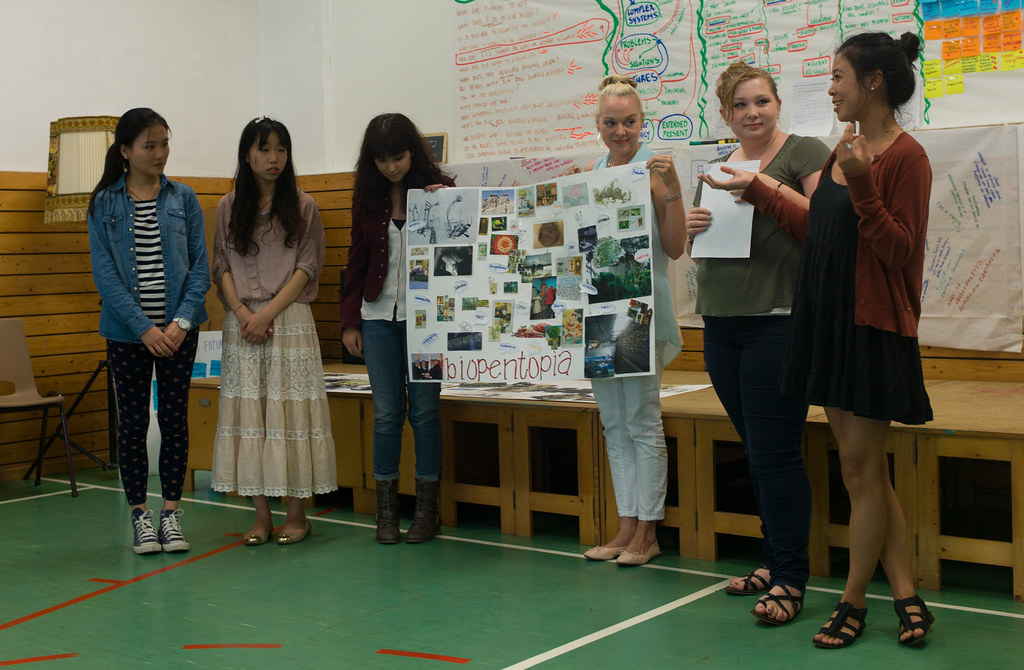
- geriopolis: Closed system totalitarianism and unsustainable homogenization. False resilience of this society is abundantly visualized. What remains invisible is its inherent fragility and unsustainability. Also, the individuals are invisible and any dissent is impossible to comprehend.
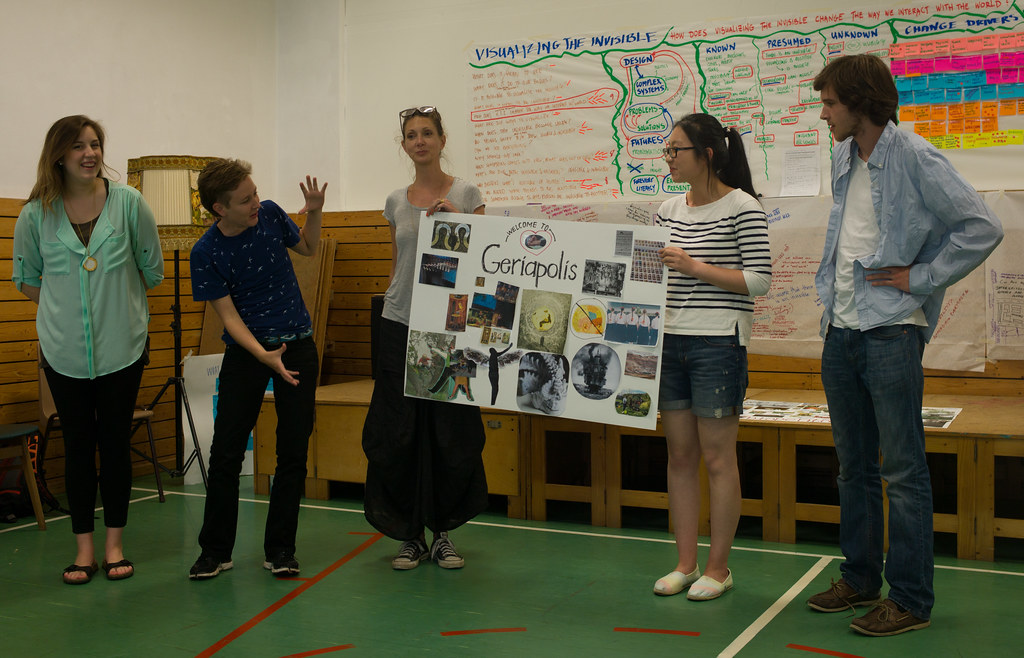
- hal2020: Closed system totalitarianism and sustainable biodiversity. Government's efforts to create sustainable, biodiverse biotopes is visualized and made as apparent as possible. What remains invisible is the regime's interdependency with the environment and society, as well as non-scientific creativity and problematic (intentional) mutation.
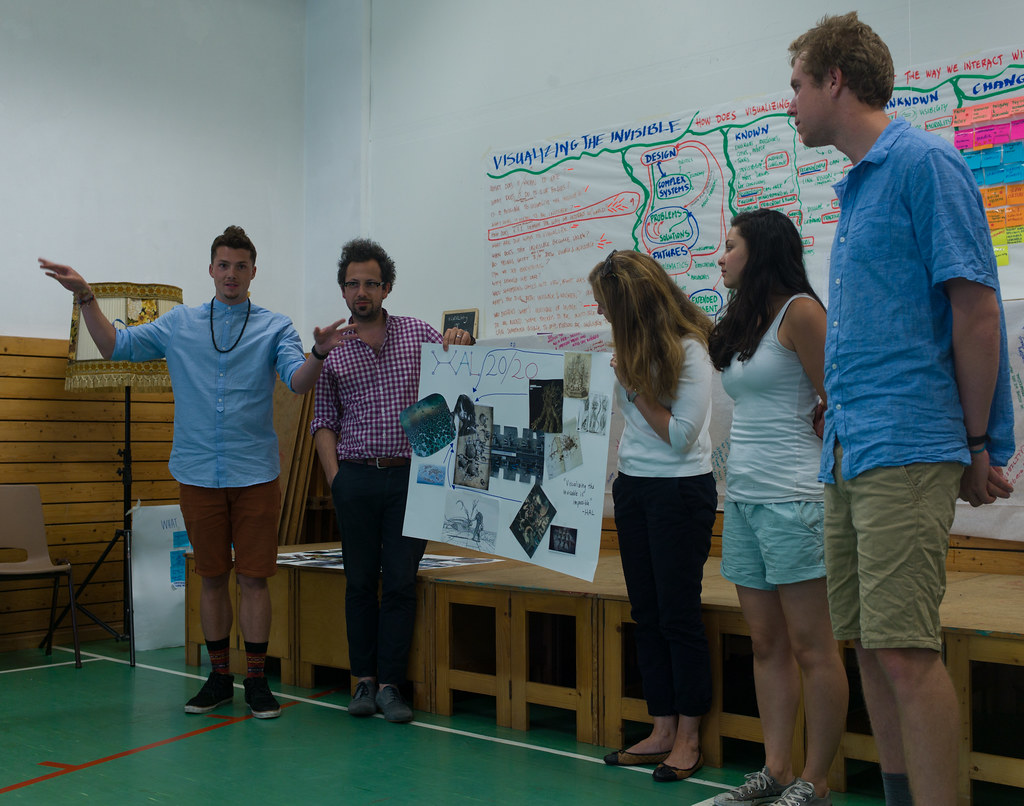
More detailed scenario descriptions can be found on the four scenario pages.
Appreciative Inquiry
From within the scenario, think of a time when visualizing the invisible changed the way you interacted with the world. What did you do, how did you feel, what made it possible?

Actions, what was visualized:
- Emerging features of society
- Labour conditions and movements
- Social exclusion
- Values of youth
- Collective happiness and what does happiness mean
- History (personal and collective)
- The public sphere
- Moments of reduced activity
- Words
- Transfer of consciousness
- Archival research
- Fertility and birthrates
- Lifecycle of materials
- The networks of sharing
- Control
- Craft and emerging technologies
Sensations, how does visualizing the invisible make you feel?
- Happy, through feelings of freedom and contentedness
- Motivated
- Trusting
- Purposeful
- Strong and beautiful
- Excited
- Calm and peaceful
- Balancing between trust and fear
Resources, what made it possible to visualize the invisible and change the way you interact with the world?
- Abundance of materials
- Having a blank slate / a new start and wanting to do it right this tine
- Open sharing of ideas
- Competitive market of ideas and having room to expand
- Capacity for co-operation
- Available technologies
- Utility and necessity of visualization
- Communication
- A benevolent government
- Openness and trust
- A well-educated population
- Filtering what is worth forgetting and what should be the continuity of memory
- Abstracting
Reflection
Some reflections from the participants.
